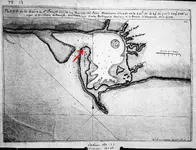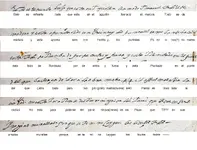RELICDUDE07
Bronze Member
- Joined
- Oct 2, 2007
- Messages
- 2,128
- Reaction score
- 54
- Golden Thread
- 0
- Location
- Pascagoula Ms.
- Detector(s) used
- minelab exp.
- #21
Thread Owner
Will do thought it may have been Ft Augstin saint Augstin-but it looks nothing like that fort in shape & size.







 ).
).
